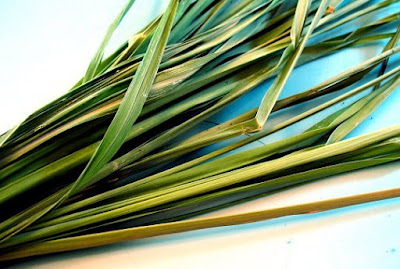Hello peeps! What are you up to? Today I'm gonna mention something about the accounting equation.
Assets are the properties owned by a business. The rights or claims to the properties are normally divided into two principal types:
1. The rights of creditors
2. The rights of owners
Liabilities are the rights of creditors represent debts of the business.
Owner's equity or capital are the rights of the owners.
The relationship between the two maybe stated in the form of an equation, as follows:
Assets = Liabilities + Owner's Equity
Assets are divided into two categories: Current Assets and Fixed Assets. Current Assets has limited life within one year. Fixed assets are long term (permanent) assets which life lasted more than one year. All accounts under current assets are: cash, banks, accounts receivable, inventory, supplies, prepaid insurance, prepaid rent, etc. All accounts under fixed assets are: land, building, equipment, vehicle, etc. Fixed assets are divided into two categories: Tangible Assets (can be seen physically), Intangible Assets (cannot be seen physically. ex: royalty, patent, franchise, expertise, network, certificate, etc.)
Revenue is the gross increase in owner's equity as a result of business and professional activities that earn income. Expense is the amount of assets or services use in the process of earning revenue. The difference between revenue and expense will give us a net income or net loss. The business earned net income if revenue excess expense and the business suffered loss if expense excess revenue.
Net Income = Revenue - Expense
Net Loss = Expense - Revenue
The expenses are divided into two categories: Fixed Expenses and Current Expenses. Fixed expenses are not influenced by production capacity (ex. rent building, salary, utilities: water, electricity and telephone bill.) Current expenses are influenced by the capacity of the production (ex. materials used for production).
The statement of cash flows reports a firms major cash inflows and outflows for a period. It provide useful information about a firms ability to generate cash from operation, maintain and expand its operating capacity, meet its financial obligation, and pay dividends.
Cash Ending Balance = Cash Beginning Balance + Inflows - Outflows
That's it for today, I hope this post is useful and enjoy your weekend!







